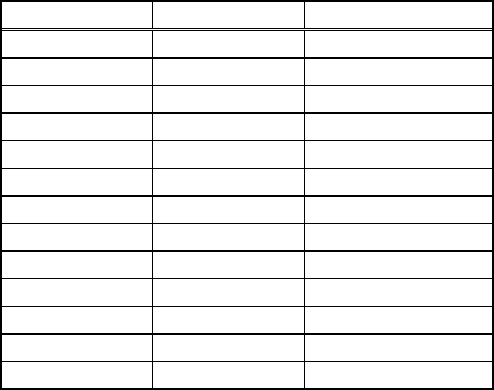
18
ASCII Character Interleaved 2 of 5
122 z 89
161 90
162 91
163 92
164 93
165 94
166 95
167 96
168 97
169 98
170 99
171 Start
172 Stop
4 UPC / EAN Code
4.1 About the UPC / EAN Code
UPC Code is a collection of Type 1 and TrueType fonts that create and print UPC
version A, UPC version E, EAN-8/JAN-8, EAN-13/JAN-13, Bookland (ISBN), and
ISSN bar code symbols within any Microsoft Windows
®
, Unix or Mac
®
application.
The bar code fonts in UPC Code can be used with your database, spreadsheet, or
custom application by simply changing fonts.
Created in 1973, UPC is perhaps the best-known and commonly used 1D bar code.
The similar European Article Numbering (EAN) and Japanese Article Numbering
(JAN) codes were developed soon after. Extremely reliable codes, (version A of UPC
has a 99 percent success rate on the first read pass of a fixed laser scanner) they
use the relative distances between leading to leading, and trailing to trailing edges of
bars to decode the symbols. It is suitable for a variety of printing techniques and is
not prone to errors from ink spreading during printing.
UPC, EAN, Bookland, and ISSN bar codes are found on retail items scanned at the
cash register. Package designers therefore create these bar codes. UPC symbols
are also placed on shipping labels, forms, and catalogs. Book covers have a
Bookland bar code based on the ISBN number. EAN and JAN bar codes are used
outside of the US and Canada, while international periodicals use ISSN bar codes.
Generally, the code is split into two halves of six digits each. The first one is always
zero, except for products like meat and produce that have variable weight, and a few
other special items. The next five are the manufacturers’ code, the next five are the
product code and the last is a check digit used to verify that the preceding digits
have been scanned properly. Cues in the structure of the code tell the scanner which
end is which, so it can be scanned in any direction.


















